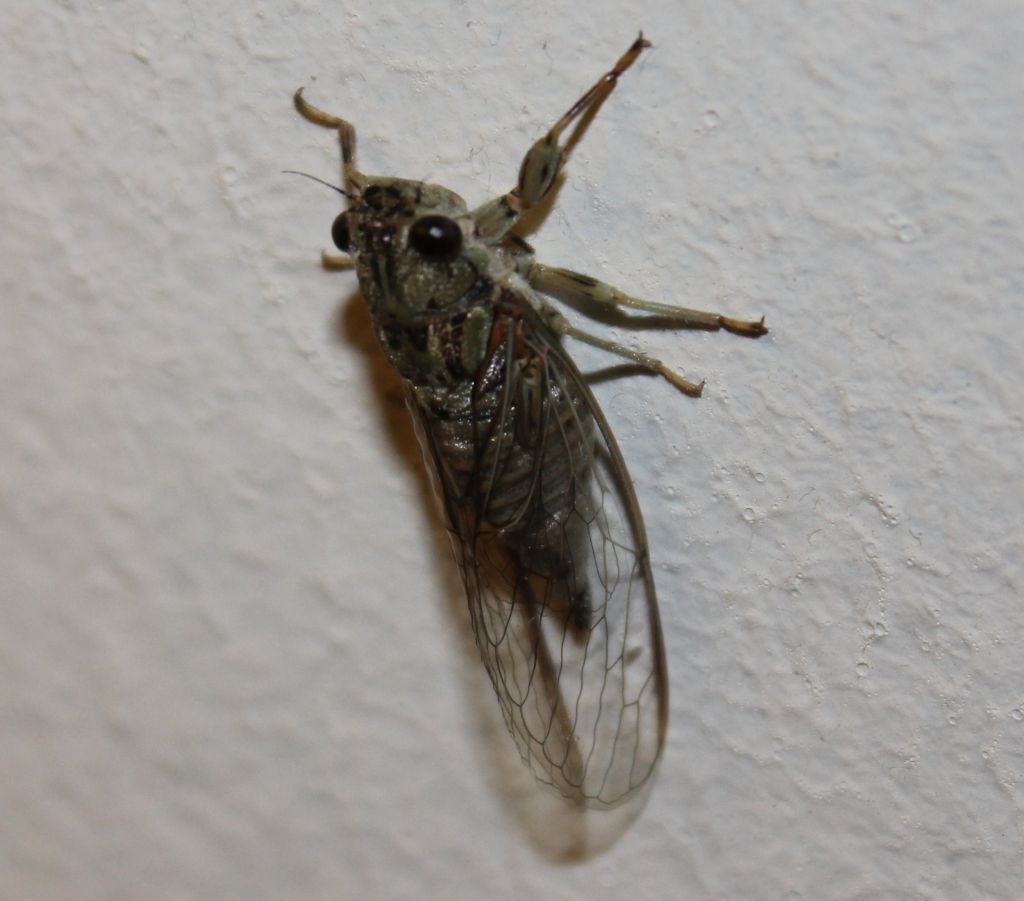tickerbox
Not so new Member
Hi all,
I spent last week up in the Blue Mountains at Blackheath NSW. For the first time in years I saw cicadas
They were crawling out of holes in the ground and making their way to the trees, then emerging from their shells.
There were thousands of them everywhere.
I have such awesome memories of these little critters from my childhood, climbing up trees to see green grocers, yellow mondays, brown bakers, black princes, cherry noses, tigers... My kids loved it too!
Did any of you guys search for these little fellas too when you were young? Here's a few pics...
I spent last week up in the Blue Mountains at Blackheath NSW. For the first time in years I saw cicadas
They were crawling out of holes in the ground and making their way to the trees, then emerging from their shells.
There were thousands of them everywhere.
I have such awesome memories of these little critters from my childhood, climbing up trees to see green grocers, yellow mondays, brown bakers, black princes, cherry noses, tigers... My kids loved it too!
Did any of you guys search for these little fellas too when you were young? Here's a few pics...





















